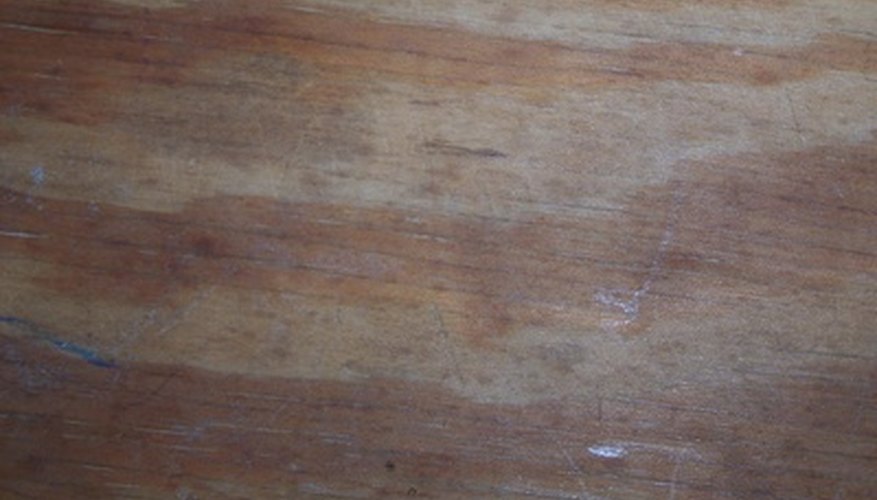The origins of plywood date back to around 1500 B.C., when Egyptians bonded thin layers of a dark ebony wood to the outside of King Tut-Ankh-Amon's casket. What once proved a primitive and unusual material now has a variety of interior and exterior uses.
Construction
The biggest difference between interior and exterior plywood is the method of construction. Both are comprised of three or more layers that are glued to each other. Either may be made of hardwood or soft, which refers to the type of tree it comes from, not the hardness of the wood. However, in interior plywood, water will cause the glue bonding the layers to come apart, which is called delamination. In contrast, exterior plywood uses a glue that passes the boil test--immersion in boiling water for 24 to 72 hours without delamination.
- The biggest difference between interior and exterior plywood is the method of construction.
- However, in interior plywood, water will cause the glue bonding the layers to come apart, which is called delamination.
Usage
Interior and exterior plywood have different uses. While you can use exterior plywood wherever you would use interior, it often proves impractical because exterior costs more. Interior is used anywhere inside, but exterior is used for applications that may be exposed to moisture. It is the glue that allows this usage.
- Interior and exterior plywood have different uses.
- While you can use exterior plywood wherever you would use interior, it often proves impractical because exterior costs more.
Treated Lumber
Unlike exterior plywood, interior is not pressure treated or chemically treated for resistance to moisture. Since the construction and usage of exterior plywood is suited to moisture-prone environments, the wood layers of exterior plywood are often treated for waterproofing as well. In combination, it makes exterior plywood efficient for wet locations.
